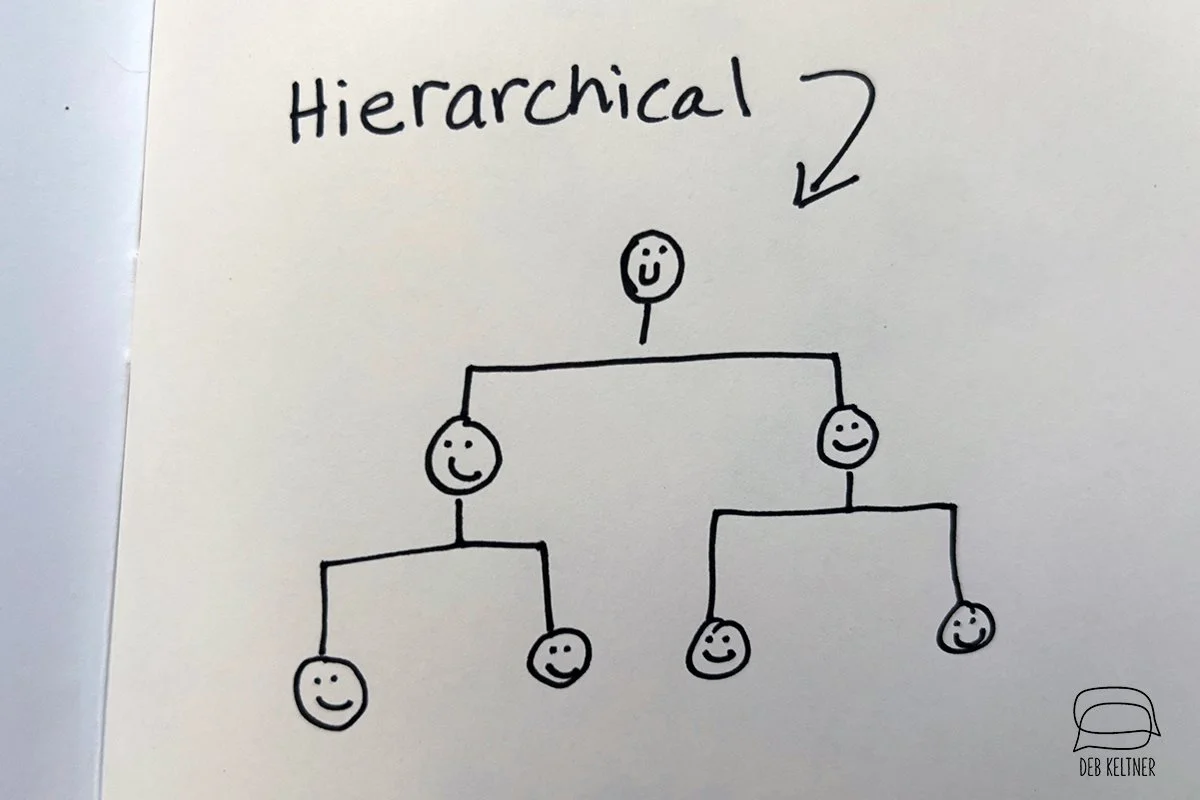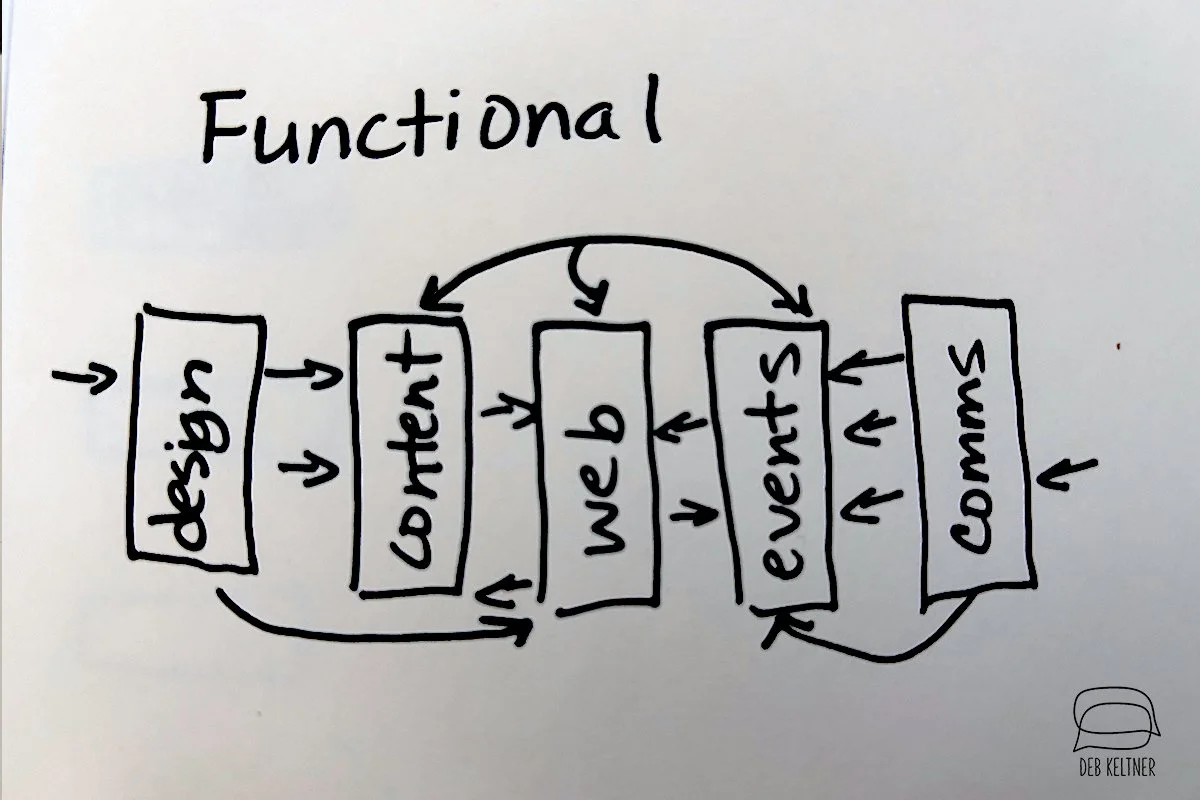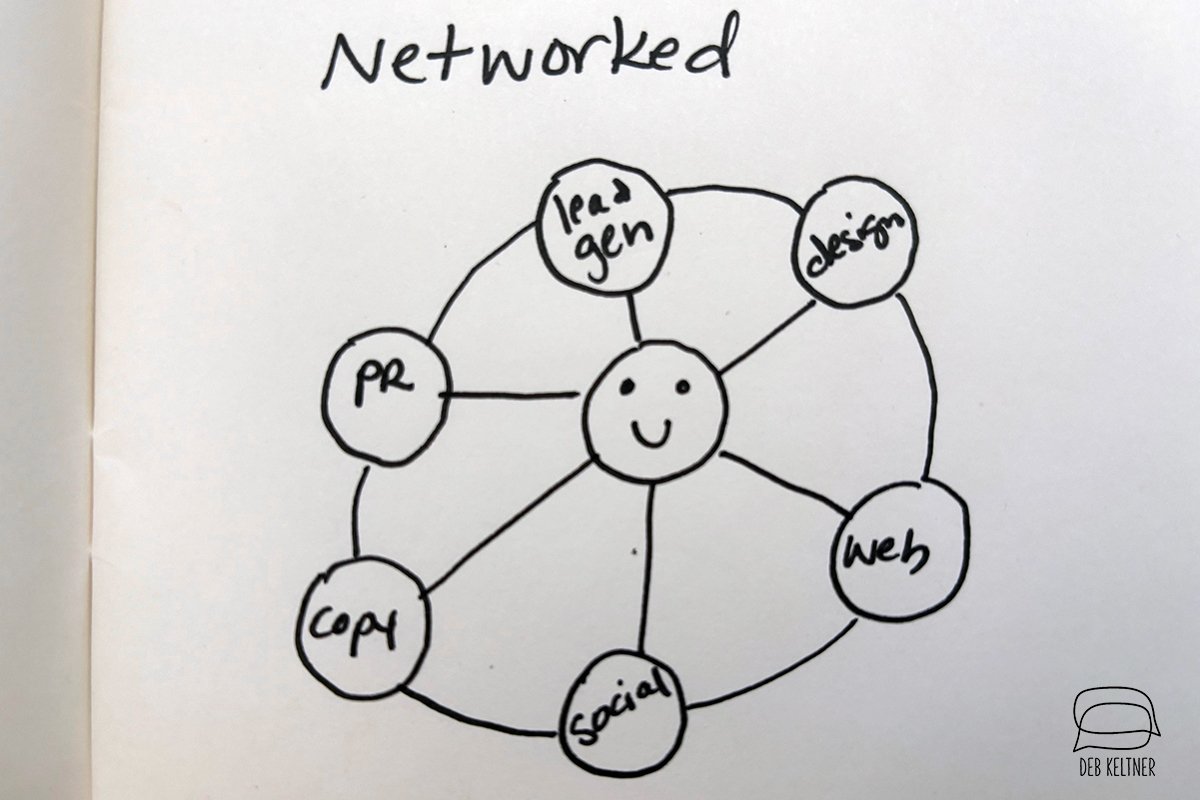All Marketing Departments Are Not Built the Same: Design the Right Team for Your Business
TLDR: 3 Takeaways from this Post:
There’s no one “right” marketing team structure—only the one that fits your business.
Each team model (hierarchical, functional, matrix, etc.) has strengths and tradeoffs. The best choice depends on your company’s org structure, goals, and how marketing is expected to show up.Your marketing org should reflect your company’s operating style.
Team structure works best when it aligns with how the rest of the business makes decisions, collaborates, and measures success. Misalignment leads to confusion, delays, and diminished impact.Don’t let your next hire be a random act of marketing.
Structure should be intentional. Before you fill a gap or reorganize, take a step back and ask: What are we trying to achieve, and what kind of team will get us there?
When companies think about building or reorganizing their marketing teams, the conversation often starts with job titles and headcount. But the real question is deeper: what kind of structure will allow your marketing function to do its best work, for your business, your brand, and your customers?
I work primarily with mid-sized businesses in the B2B services space, often in a moment I call the growth wobble. These companies have had some success and are ready to scale, but their marketing team hasn’t quite caught up. They may be doing too many things at once, operating without clear roles, or struggling to link marketing activity to business outcomes.
In those moments, hiring another marketer can feel like the obvious next step. But without a bigger-picture strategy in place, it often amounts to a random act of hiring—one that solves an immediate pain point without addressing the underlying structure.
Instead, it helps to zoom out and ask: What kind of marketing team do we actually need? And more importantly, how should it fit into the structure of our broader organization?
There are six common models I see mid-sized businesses gravitate toward, each with its own advantages and challenges. None is inherently better than the others, but each works best when it’s aligned to company strategy and chosen with intention.
Interesting that SmartArt defaults to this style of org chart.
Hierarchical: Hierarchical teams operate like a command center—clear chain of command, top-down strategy, and structured roles. Each marketer has a defined place in the org chart and takes direction from the level above.
Strengths: This structure brings order. Everyone knows who decides what, and things generally run on time. It’s great when brand control, legal review, or risk mitigation are front and center.
Challenges: Hierarchies can kill momentum. Decisions get delayed, approvals pile up, and ideas from junior team members don’t always make it to the surface.
This is better for agency-style environments or orgs where you can afford specialists.
Functional: A functional marketing team works like an assembly line, with specialists focused on their own domain—content, design, analytics, email, events. Each function runs in parallel under a unified strategy.
Strengths: Deep expertise lives here. If you need a killer campaign manager or a rock-solid content lead, this setup lets people focus and get really good at their craft.
Challenges: The handoffs can be painful. Teams operate in silos, and without active collaboration, the work can feel fragmented or slow.
Effective in a very project-based environment where priorities are broadly understood.
Matrix: Matrix teams are like double agents—reporting into both a functional leader (like Head of Brand) and a project or business line lead (like Product Marketing or Regional Sales). It’s a grid, not a ladder.
Strengths: This model gives you flexibility. Marketers can stay aligned with their craft while still plugged into the business lines they support.
Challenges: Conflicting priorities come with the territory. One manager wants speed, the other wants polish. Without strong communication, team members get caught in the middle.
There are still leaders, but decisions and ideas can come from a variety of directions.
Flat / Circular: Flat or circular teams operate like a co-op kitchen—shared space, shared ownership, and lots of collaboration. There are fewer layers of hierarchy and more collective responsibility.
Strengths: It’s collaborative, creative, and open. People feel ownership and are more likely to speak up and stretch into new skills.
Challenges: Decisions can take forever. Without clear leadership or structure, things stall—and what sounds like “consensus-building” might really just be avoidance.
Lots of flexibility. Quality leadership and communication are key.
Networked: Networked marketing teams operate like a film crew—assembling the right talent for the project, often through external partners, freelancers, or agency relationships. Core team members focus on coordination and strategy, not execution.
Strengths: You can scale talent to the project. Need a video editor, a media buyer, or a Salesforce consultant? Just cast the role. You get access to great talent without carrying the overhead.
Challenges: Someone has to direct the show. If no one’s managing the brief, the budget, or the quality, it all falls apart fast.
Each market gets its own team.
Market-Focused Divisional: A market-focused divisional team is like a franchise—each division owns its own marketing and tailors its approach to a specific customer segment, region, or service line.
Strengths: Divisional teams can move quickly and speak directly to their audience. When they’re close to the customer, marketing gets a lot more relevant.
Challenges: Without alignment across divisions, you end up with brand whiplash and teams reinventing the wheel.
So… Which Team Structure Is Right for You?
There’s no universal answer. The right structure depends on your business model, your org chart, and what marketing needs to deliver right now. Here’s what I tell clients:
Start with strategy. Is marketing driving pipeline? Building awareness? Supporting retention? Be clear about its core purpose today.
Fit the structure to the organization. Your marketing team should reflect how your business collaborates and makes decisions, not fight against it.
Design for today, plan for tomorrow. Your team needs to solve for current realities, with enough flexibility to grow.
Whether you're running a command center, assembling a film crew, or co-cooking with your teammates, the important thing is to build your structure with intention, not by default.
If you’re feeling the effects of a growth wobble and aren’t sure what kind of team you need next, I help mid-sized B2B services companies design the right marketing strategy to match their goals. Let’s talk.





